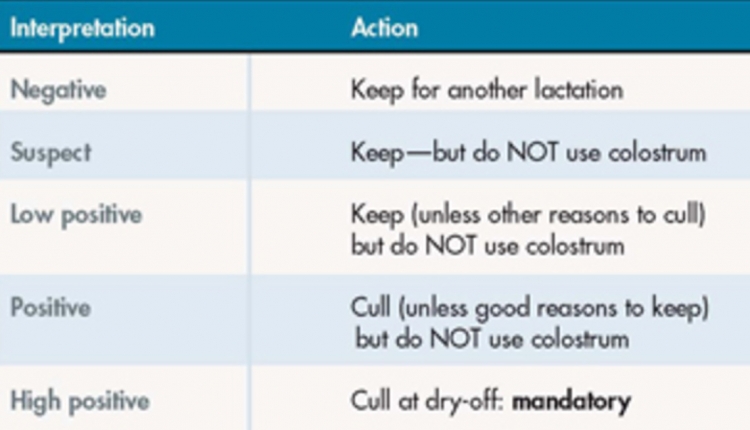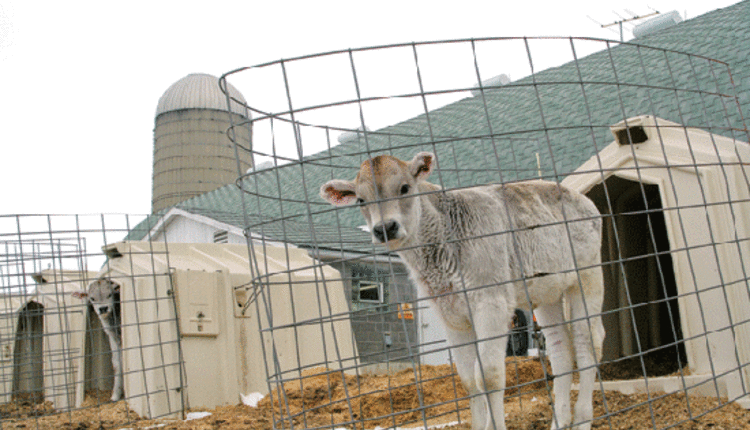How can the dairy industry tackle Johne's disease head-on?
Here's a right-to-the-point summary.
Veterinarians
Here's a right-to-the-point summary.
Veterinarians
- Become a Johne's certified veterinarian. This task is done easily and affordably by on-line training programs http://vetmedce.vetmed.wisc.edu/JDVCP/
- Educate clients about Johne's.
- Encourage all dairy herd clients to have a Risk Assessment and Management Plan (RAMP) conducted for their herds, file that RAMP with the appropriate state's Johne's disease coordinator (DJC), and update it annually.
- Establish long-term, consistent, cost-effective Johne's disease control programs for client herds with moderate to high infection rates, such as those with more than 5 percent adult cattle ELISA-positive.
- Be part of the solution, not the problem. Move Johne's disease test-positive cattle only to slaughter.
- Merchandise only test-negative cows or heifers from test-negative herds.
- Encourage all herds supplying milk to know their Johne's disease test status, and have a RAMP in place.
- Offer financial incentives to owners of test-negative herds. For example, consider paying for the costs of testing herds annually or consider offering premiums for milk from test-negative herds.
- Use Johne's certified veterinarians; they provide accurate, up-to-date information and recommendations on Johne's control.
- Request that your Johne's certified veterinarian conduct a herd Risk Assessment and Management Plan (RAMP).
- Train all farm employees to follow the Johne's disease management plan consistently and conscientiously on your farm.
- Specify that all Johne's test-positive cows be sent only to slaughter.
- Document whether your herd is low-risk for Johne's. You have a moral and ethical obligation to sell cattle, embryos, and semen from disease-free animals. You should take positive steps to verify whether your herd is not M. paratuberculosis-infected, and you should seek official government designation as being at some level (designated 1 through 4) in the Voluntary Bovine Johne's Disease Control Program. See the USDA website for detailed information: www.aphis.usda.gov/animal_health/animal_diseases/johnes/intro_herd-lists.html
- If you learn you have an infected herd, you should work to eradicate Johne's from the herd using strategies that are more aggressive and, consequently, more expensive than those for other dairy herds.
- Encourage breed organizations to phase in rules to limit the likelihood that infected cattle are bought and sold in breed association-sanctioned sales.
- Teach dairy students and your clients to be proactive about Johne's disease control. This includes determining whether a herd is infected, then seeking qualified veterinary advice and implementing the proper control program.
- Promote market-driven systems that encourage Johne's disease control. For example, breeders should adopt rules to merchandise cattle that come from test-negative herds only, dealers should handle test-negative cattle only, buyers should pay a premium for test-negative cattle from test-negative herds, and milk processors and co-ops should offer producers financial incentives to partially compensate them for running Johne's disease prevention and control programs.
- It takes everyone involved in the marketing chain. Let's continue to share ideas, resources, experiences, and solutions.











